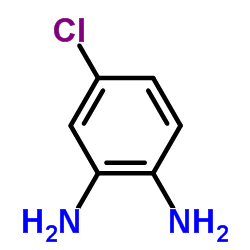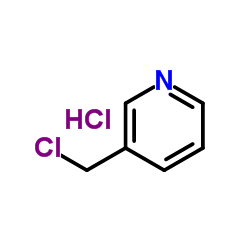| Structure | Name/CAS No. | Articles |
|---|---|---|
 |
4-Chlorobenzene-1,2-diamine
CAS:95-83-0 |
|
 |
3-Chloromethylpyridinehydrochloride
CAS:6959-48-4 |